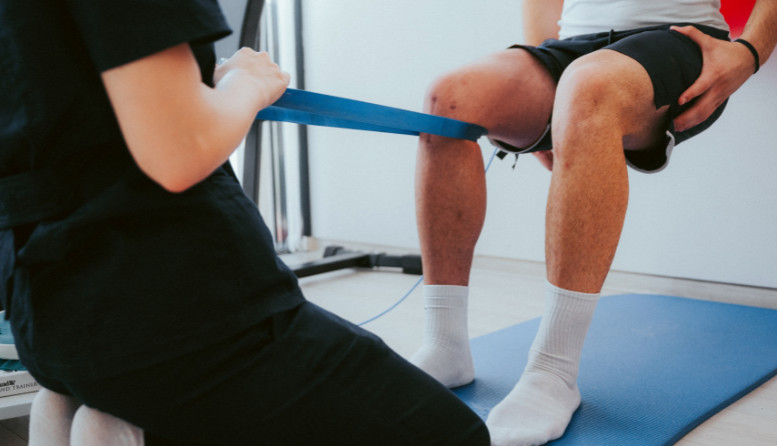
by Ash Cooney | Conditions, Latest News, Physiotherapy
Welcome to the first instalment of our blog series on injury prevention and recovery at HealthFix. In this blog, we’ll focus on a critical aspect of your well-being: ankle health. Whether you’re an athlete aiming for peak performance or someone seeking to...

by Ash Cooney | Latest News
By Caitlan Skillicorn, Senior Physiotherapist on behalf of the Healthfix Physiotherapy team Hello, Healthfix Community! At Healthfix, we’re committed to your well-being and providing the best care possible. Today, we want to share our perspective on a recent...

by Ash Cooney | Conditions, Latest News
Exploring All Things Diabetes with Dr. Devina Joshi: Expert Insights for Optimal Management At Healthfix we are passionate about empowering our community with valuable information and resources for a healthier and happier life. Today, we are excited to share an...

by Ash Cooney | Conditions, Physiotherapy
Living in a sports-loving nation like Australia, it’s no surprise that many individuals, both athletes and non-athletes, turn to sports as a means of recovery after surgery. However, successful rehabilitation requires a proactive and preventative approach,...

by Ash Cooney | Latest News, Physiotherapy
Hip pain can be a challenging condition to deal with, impacting daily activities and causing discomfort and whether you’re an athlete or a weekend warrior, hip pain is a common issue that affects many people. In this blog post, we’ll explore common hip...






